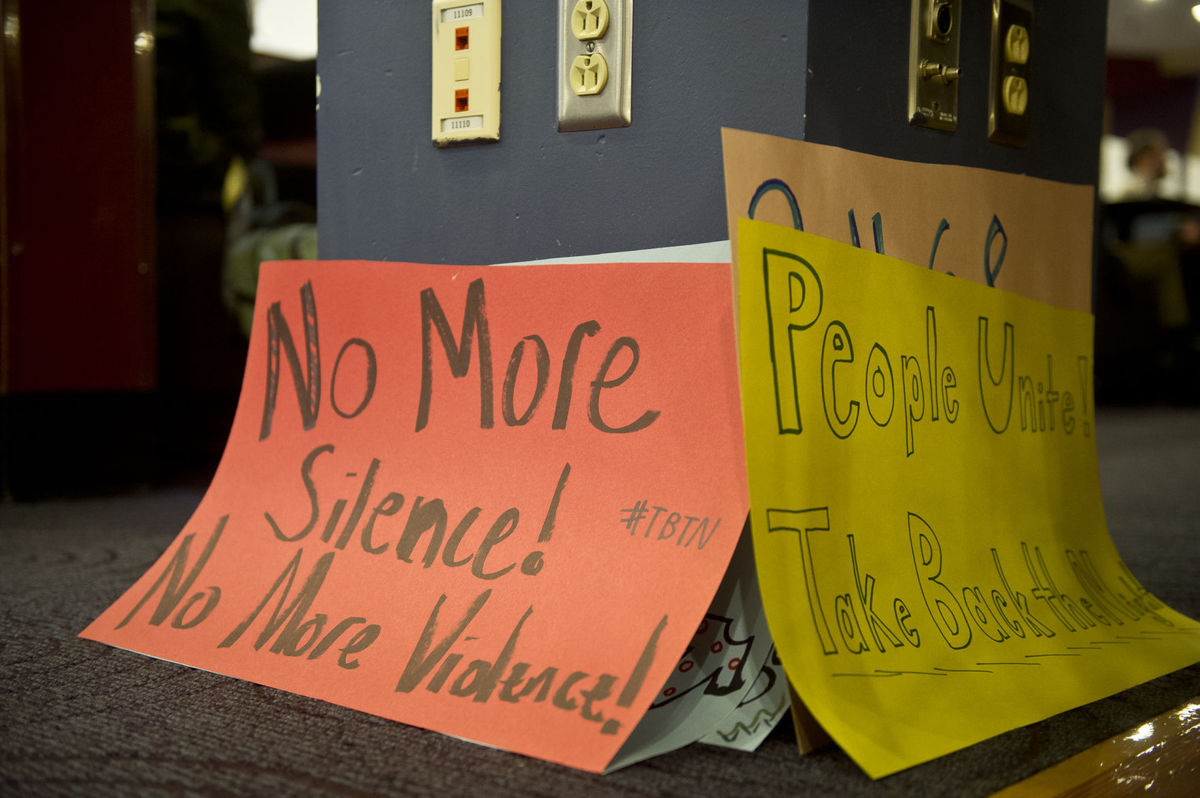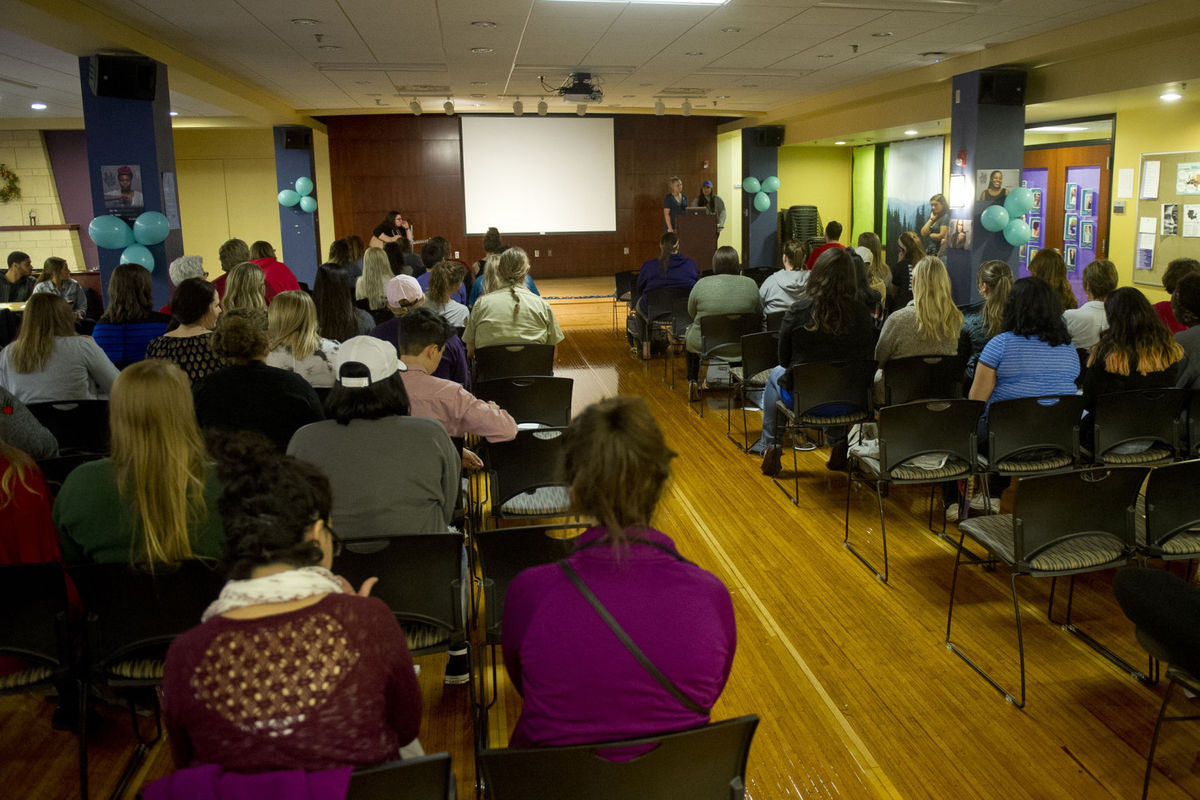What is Take Back The Night?
Starting in the late 1970s in England, women protested against the violence they had experienced by walking through the streets at night, calling them Take Back the Night marches. This spread to other countries, and these protests grew. The first in the United States were in San Francisco and New York City in 1978.
“It’s been used to demand a women’s center on college campuses to protest the rape and murder of people and in general violence against women,” peer advocate Samantha Wogenson who works for the RE initiative said about TBTN.
In the 80s, The National Coalition Against Sexual Assault polled other sexual assault coalitions to choose a time for an awareness week. A week in April became Sexual Assault Awareness Week.
In the 90s, advocates began to hold sexual violence events throughout the whole month, not being limited to a week. This called for a Sexual Assault Awareness month. On April 1, 2001, the U.S. first observed Sexual Assault Awareness Month nationally.
“Hundreds of universities today of all sizes and locations hold this event every year to support victims,” Samantha said.
- Taylor Nyman ’17
What happens at Take Back The Night?
Last year’s Take Back The Night started with a Speak Out in the Student Activity Center, and ended with a protest around Winona State campus after nightfall. The Speak Out was emotional, everyone in the room seemed to be either crying or holding back tears. The event taking place in the SAC was a powerful statement. The SAC is a heavily walked area, and some people stopped to listen, but everyone walking through definitely noticed. It was a great disruption of rape culture on campus. After such an emotional evening, a self-care seminar was held the next day to decompress from the heavy event.
This will be peer advocate Erik Derby’s first experience at Take Back The Night.
“TBTN is an event that is all about reclaiming yourself,” Erik said. “The march is a great opportunity to see the Winona State community joining together in action. The Speak Out is a bit more personal. It’s really powerful. Survivors will be telling their stories, and RE advocates will be available to talk to during the whole event.”
- Taylor Nyman ’17
What makes this night so powerful?
Samantha says that one thing people should know about Take Back The Night is that the stories that are shared should stay in that space.
“We ask that people be mindful to not talk about other’s experiences with people after the event. It’s appropriate to share how the event made you feel with your friends and family, but not to share specific people’s stories of violent traumatic experiences with others,” Samantha said.
The aim is to create a safe environment for everyone by respecting these boundaries.
What’s this year’s event going to look like?
The march against sexual assault starts at 5:30 p.m. Participants are meeting at the Gazebo in the middle of campus. At around 6 p.m., the speak out will start in East Hall. This is where people who have experienced gender-based violence (domestic/dating violence, sexual assault, rape, stalking, etc.) will share their stories if they so choose, and receive support from the Winona State community and advocates. Following the speak out will be a healing session with sensory activities, led by a licensed therapist.
Jennifer Manglos, president of FORGE, said that, “I want folks to know that there is support there. Gathering as survivor/victims and allies and friends is empowering in itself.”
Emma Cavanaugh ’18
Michaela Gaffke ’17

